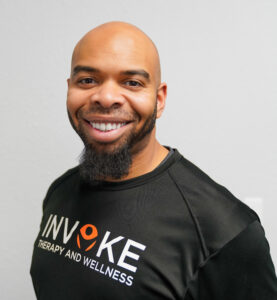
3 things differentiate running from walking and jogging. When you run you have a shorter stance phase, a longer swing phase, and you enter into double-float (both feet off the ground). All three components make sense and are easy to identify with just a little bit of practiced observation. Within the swing phase and stance phase there are multiple key components that feed into running quality, or lack thereof.
In the stance phase we go from initial contact to midstance, and this is the absorption part of the run. With every step we take while running we land with 2-3X our body weight, on one leg! Quads are the main muscles that contribute to absorbing all this force, acting as a braking mechanism. This in combination with ROM of the ankle, knee, and hip act as your suspension; dissipating the extra force before it causes any damage. Midstance to toe-off is the propulsion stage where you start to advance yourself forward. The calf muscles are the key group here, but their efficiency is also dependent on the ankle and knee ROM.
The swing phase goes from toe-off to mid-swing, to initial contact where the cycle can start again. As a runner the biggest concern is that last step, initial contact. How you land (foot strike) dictates a lot about the demands you put on the different joints and muscle groups, as well as what type of footwear is best for you. The types of foot strike are heel v rearfoot. This is when you land on your heel and the difference is just how high up your foot is angled when it happens. The mid-foot strike is where your foot lands flat. This landing pattern puts significantly more stress on the shin than the other patterns. Lastly there is a forefoot strike. This running pattern typically results in a higher stride frequency and lower stride length.
When it comes to analyzing your run there’s a lot to consider at each step and each phase, some of which is easy enough to do on your own, but most benefit from a 2nd set of eyes. The 8 key things we look for are vertical displacement, trunk mechanics, hip mechanics, ankle and foot mechanics, cadence, whether there is an overstride present, and which foot strike pattern is being utilized. The data we gather from those key components can be compiled with supplemental observations of habits that make your run style unique to you. Things such as whether or not you crossover midline with your stride, do you have a heel-whip, how do you swing your arms, what angle do you point your feet at, and how big of a step you like to take. Every change we make in a run can influence and be influenced by any other. This is where and why seeing a PT to address any running concerns you have could be the best choice you make.
Visit us at invoke therapy, experience the difference that performance PT can have on injury and athletic performance. We utilize motion capture and motion analysis technology to analyze the way you move to figure out the best strategies to incorporate into your training/recovery to get the most out of your runs. We supplement this information with data from force plates and digital dynamometry to take out as much guess work as possible and work with firm numbers that allow us to plot your progression and reach your goals in the most efficient way possible.

